Sabah: The Best Of Borneo
Covering the northern tip of Borneo, Sabah is technically part of Malaysia, but visitors who fly through the peninsula’s capital Kuala Lumpur to reach the autonomous territory will still have to go through immigration upon arrival. Sabahans are proud of their history and culture (you’ll see the Sabah flag more often than the Malaysian here), and locals make sure visitors know that the “Land Below the Wind” is unique. A former British colony that was occupied by the Japanese during World War II, Sabah has more to offer than just history. Although it makes up a small part of the third largest island in the world, Sabah’s land stretches from the world’s best beaches and coral habitats to the island’s tallest mountain. In between are tropical jungles and rugged forests teeming with wildlife – much of that area, which makes up more than half the territory, is still untouched by man. All of that action packed into tiny Sabah means it is the perfect destination for a traveller with limited time who wants to experience it all.
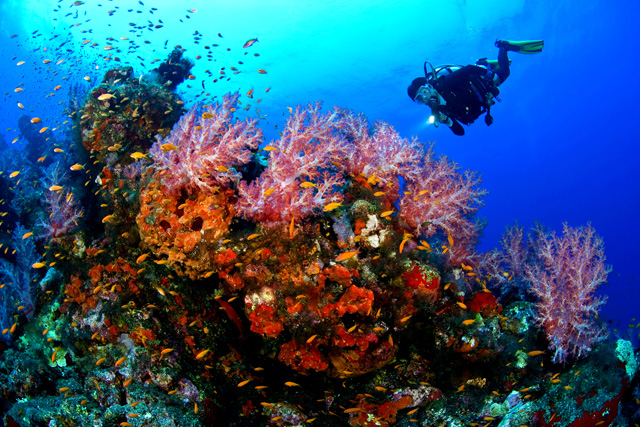
Island Hop In Kota Kinabalu
The territory’s capital, KK, as it is affectionately known to those who love it here, is famous among backpackers for its rugged mountain ascent. But an earthquake in 2015 has stopped climbers just short of the summit, so tourists have turned to the ocean. Tunku Abdul Rahman Marine Park, a collection of five coral islands just off KK’s coast, offers several days worth of beach-based fun. Manukan, one of the more developed islands, offers a jungle trek to the tip of the tiny landmass where stunning views will transport you far from jetty’s crowd of snorkelers. A visit to the largest (and quietest) island, Gaya, merits a trip, if only to zipline over the waters separating it from the livelier Sapi.
Where To Stay: Shangri-La’s Tanjung Aru Resort & Spa
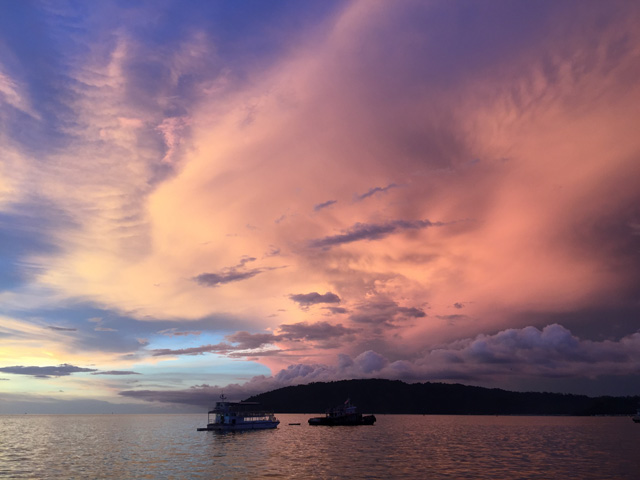
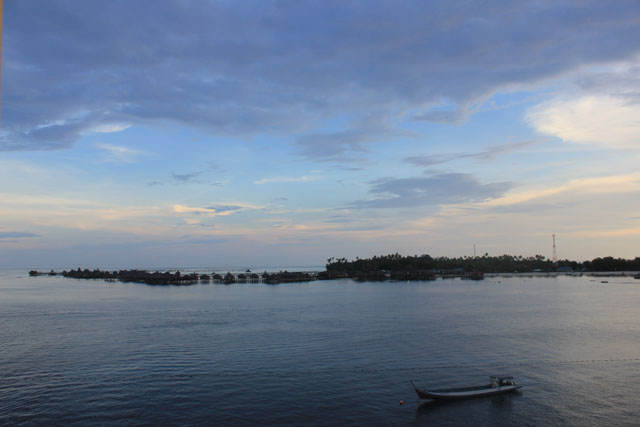
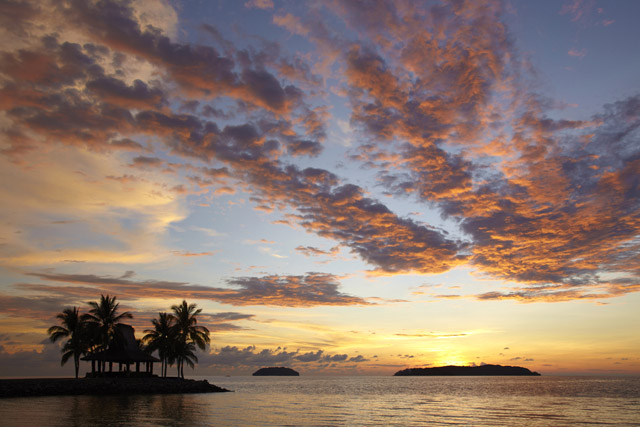
With a private marina that offers direct speedboat service to Tunku Abdul Rahman’s five islands, the Shangri-La Tanjung Aru sets guests up for an easy, no-stress visit. Make sure you return from the islands in time to get a spot at the hotel’s Sunset Bar – there’s a reason this location makes top 10 lists for sunset destinations the world over. And for parents, the little ones will love the Cool Zone Kids’ Club and dedicated swimming pool, complete with water slides and a water balloon launcher – all in eyesight of the adults-only Jacuzzi and infinity pool where you can grab a Borneo Sling and relax.
Web: www.shangri-la.com
Meet Orangutans In Sepilok
These primates live only in Borneo and Sumatra, but their numbers have declined by over 50 per cent to endangered levels since the mid-century. Sepilok Orangutan Rehabilitation Centre opened in 1964 to help baby primates who had been orphaned by logging, hunting and forest fires. Today, around 60 of the great apes roam freely in the centre, which stretches over 43 square kilometres into virgin forest. Visitors can usually spot them, along with macaque monkeys and other wildlife, at the twice-daily feedings or by visiting the nursery where the newlyorphaned orangutans are taught to climb on an adorable jungle gym. Across the street from Sepilok is the Bornean Sun Bear Conservation Centre. You may never have heard of these miniature arboreal bears, but the centre is worth a visit if you’ve come all the way to Sepilok.
Cruise The Jungle On Kinabatangan River
Logging and clearing land for palm oil plantations near the banks of the Kinabatangan River has hemmed in many of the rare wildlife that call this area home, exposing the animals to tourists who cruise up and down the river on speedboats. Officially a bird sanctuary, this river (the longest in Sabah) is home to all eight
species of hornbill native to Borneo, as well as kingfishers, egrets, eagles and elderly European tourists with highpowered binoculars. If ornithology isn’t your thing, there’s plenty more wildlife to observe – from adorable Bornean gibbon apes and nasally-endowed proboscis monkeys to creeping monitor lizards and creepy saltwater crocs – but most people come for a glimpse of the very rare pygmy elephants.

Dive Deep In Sipadan
Despite consistently ranking among the top 10 dive sites in the world and being called “an untouched piece of art” by Jacques Cousteau, Pulau Sipadan is relatively deserted. Kidnappings by Filipino pirates in the area over the past decade have scared away divers who would otherwise love to be submerged in what feels like a life-sized fish tank. The local government has heeded international travel warnings, staffing all resorts in the area with overnight police officers armed with machine guns and imposing a mandatory night time curfew enforced by military boats on the waters. Is it worth it? If you’re looking for breath taking underwater action in the form of tornadoes of barracuda, schools of hammerheads, lazy sea turtles with wingspans that could hug a Volkswagen and rainbow-colored pygmy seahorses as big as your pinky nail, then definitely.
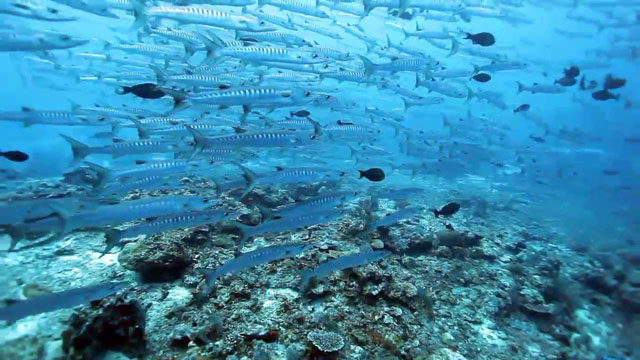
Where To Stay: Seaventures
Divers are only allowed on Sipadan during the day, but Pulau Mabul just 15 minutes away by boat hosts most overnight guests and has some excellent dive spots of its own. Located just offshore of Mabul is Seaventures, a decommissioned oilrig, refurbished for divers. More than just unique accommodation, the PADI-certified outfit offers training for new divers (or those looking to up their qualifications) and schedules its divers to see the best parts of Sipadan and Mabul during their stay. Don’t miss a night dive under the rig – since its relocation to Mabul in 1997, the rig’s metal legs have become an underwater ecosystem unto itself.
Web: www.seaventuresdive.com

